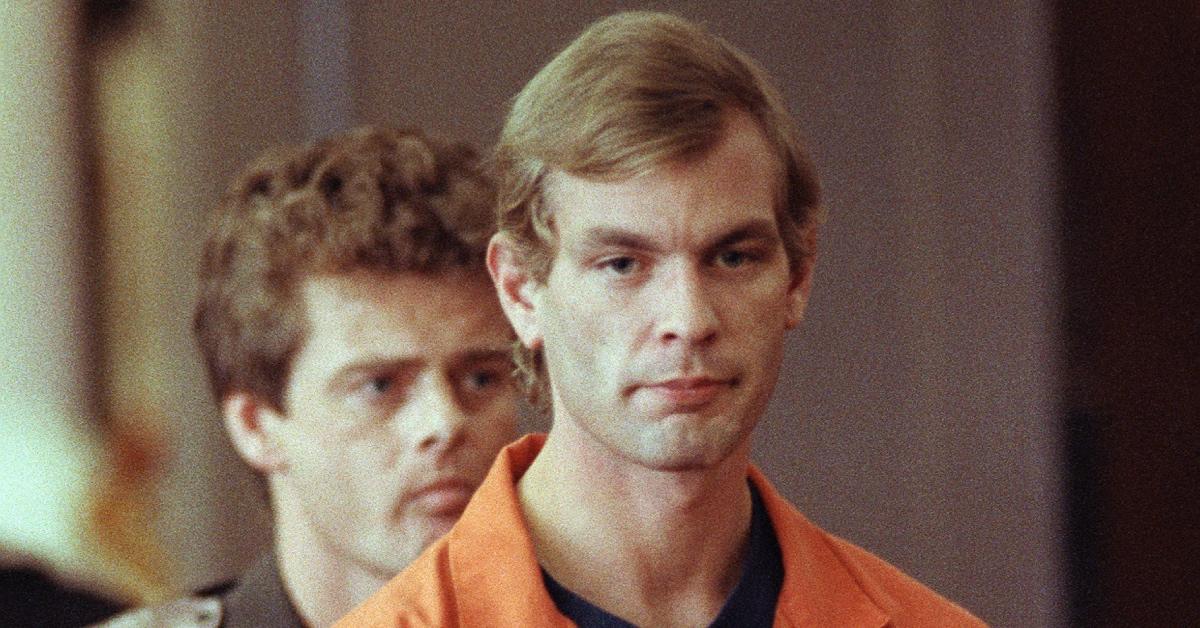Originally posted by Fleetwood Mac
View Post
I was not aware that I had made an admission, FM.
If Long's testimony is correct, then the murderer must have gone to Wentworth Dwellings more than 40 minutes after leaving Mitre Square and for the express purpose of leaving the piece of apron there.
He was thereby risking his life anyway.

 An alternative is some kind of bolt-hole of course. Then the thrill perhaps of going back out with the apron piece and dumping it?
An alternative is some kind of bolt-hole of course. Then the thrill perhaps of going back out with the apron piece and dumping it?
Leave a comment: